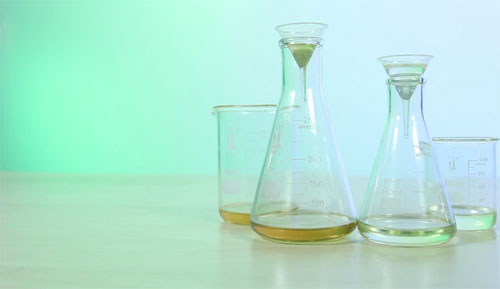

Food Quality and Preference, 10, 233–244. International Journal of Food Science and Technology, 43, 1507–1511. Kemp, on behalf of the IFST PFSG committee. International Journal of Food Properties, 2(2), 93–99. In this chapter, an overview on the sensory attributes and their measurement methods including facilities and panels are presented.

Therefore, sensory analysis is an essential tool to judge the quality characteristics of the newly developed product and consumers' acceptability. Both the subjective and the objective methods of sensory evaluation are important in the measurement of food quality attributes and their control in processing and preparation. The most effective use of sensory evaluation is the establishment of data relationships between consumer responses, instrumental assessment, and descriptive sensory measurements. An objective or discriminative analysis is essential for routine quality control and usually, the application of instrument or equipment is necessary for testing purposes. Subjective measurement of sensory attributes deals with organoleptic responses to food qualities and is conventionally measured by a hedonic rating test with the active role of trained panelists. Sensory attributes of food products can be evaluated using two methods, namely, subjective or qualitative and objective or quantitative techniques. The science of sensory evaluation requires a suitable understanding of different sensory methods, and their applicability to solve sensory enquiries and sensory parameters, and their efficient use in describing the quality characteristics of foods and their products. It is very much essential to measure, understand, and optimize consumers’ sensory experiences for designing and marketing food products. The sensory experiences evoked by various foods and processed food products are the key to deliver pleasure, and these are crucial to commercial success.

Evaluation of sensory properties, e.g., appearance, color, mouthfeel, taste, body and texture, odor, flavor, aroma, and overall acceptability are the important determinants to assess the food quality. Consumers’ demand toward the consumption of various foods is growing rapidly, and sensory or organoleptic properties in this regard play a significant role to maintain the quality standards apart from nutritional, physicochemical, and microbiological properties.


 0 kommentar(er)
0 kommentar(er)
